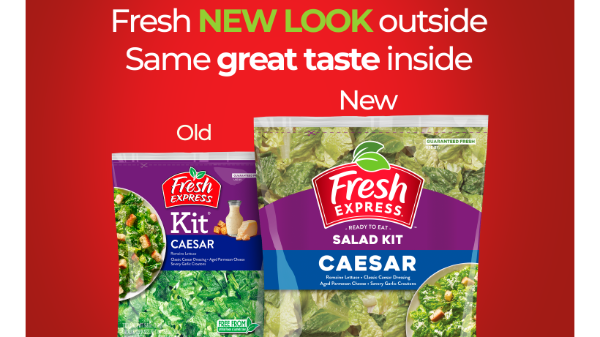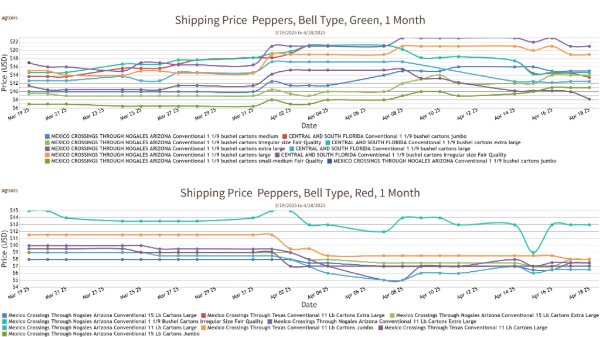Welcome to Blue Book!
Are you ready to join the thousands of companies who rely on Blue Book to drive smarter decisions? View our plans and get started today!
Still have questions? We’d love to show you what Blue Book can do for you. Drop us a line– we’ve been waiting for you.

2016 & Beyond
Current Trends and Challenges
Since the first Spanish settlers landed in the Sunshine State, the Florida produce industry has undergone significant changes—particularly in the past few decades.
The Labor Situation
“I’ve seen so many changes in this business in the last five years alone. It’s nowhere near how it was when I started,” reflects Chuck Weisinger, owner of Weis-Buy Farms, Inc., a Fort Myers-based broker specializing in tomatoes. “I think fax machines, email, and long-term contracts changed this business,” remarks Weisinger, adding, “people started off with pushcarts in the 1920s and ’30s, and it was all word of mouth back then.”
Along with these changes, growers also face an onslaught of modern day challenges, from the emergence of new pests and diseases to severe labor shortages.
“The Pew Research Center reported last fall that there are more people returning to Mexico than are coming to the United States,” and Wish Farms’ Wishnatzki has certainly felt the impact, noting that several growers are scaling back while others have completely gone out of business. “The domestic labor force is aging and becoming less productive, and many are no longer working a 40-hour week. Getting a full crew on the weekend is a thing of the past,” he contends, adding, “workers make their own hours because employers do not have the flexibility to impose restrictions.”
Wishnatzki, along with many other growers, believes automation is the answer. “Without robotics, U.S. agriculture, including Florida, has a very bleak future,” he warns.
“The shrinking labor force is a long-term trend, with no relief in sight,” Wishnatzi points out. “With robotics, we’ll be able to keep farming relevant and competitive in developed markets, like the United States.”
Although many growers are turning to the federal H2A worker program to harvest crops, the costs for this type of labor continues to rise. “The demand for fresh berries has continued to grow, but American growers are having a difficult time fulfilling that demand. Lack of labor availability and its cost are the mainissues,” Wishnatzki says.
The Water Situation
Labor, however, isn’t the only resource that’s short in Florida—water is also becoming scarce. “The water,” Weisinger remarks, “is a constant problem. It’s already the biggest problem in California, and it’s going to be our biggest problem in Florida down the road,” he predicts. Florida Commissioner of Agriculture Adam H. Putnam agrees. In a speech in Israel in 2015, he confirms, “Our flat topography, explosive growth, and competing demands between people and the environment have created a situation where water is the biggest long-term problem facing Florida.”








